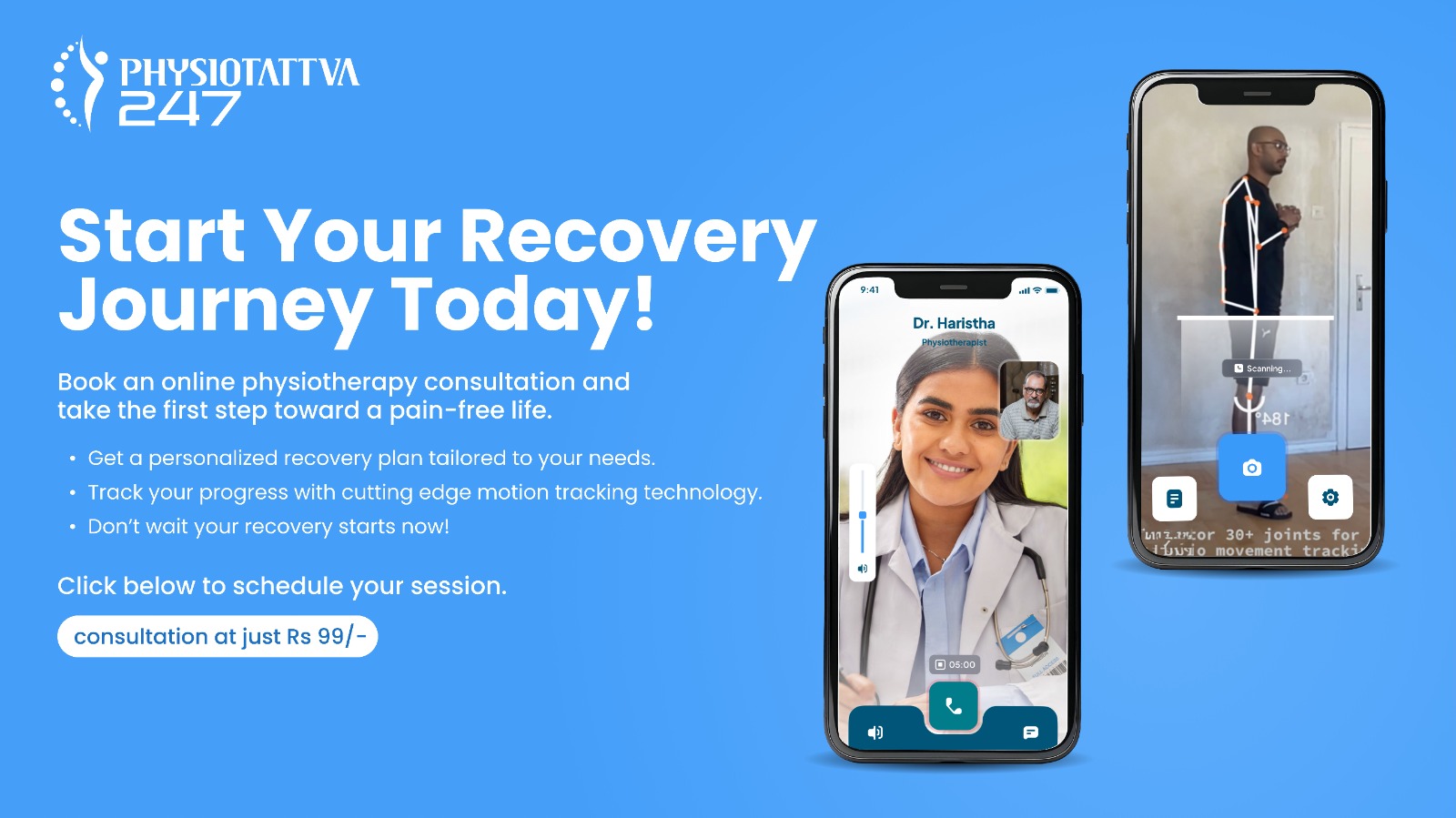What is Professional Dry Needling Therapy?
Dry Needling Therapy is a type of physical therapy that uses a thin needle to cause a healing response in the body. It is used to treat muscle pain, break down scar tissue, and treat soft tissue imbalances. This technique has been widely adopted by physiotherapists and chiropractors as part of dry needling physical therapy, helping patients achieve lasting pain relief and improved mobility.
By reducing muscle hypertonicity and restoring movement, dry needling treatment can also improve the range of motion in affected joints.. However, most physiotherapists use this technique to cure myofascial pain. The needles stimulate damaged myofascial tissue and help patients eliminate sensations like muscle aching, soreness, or swelling after dry needling, etc. Physiotherapists assess patients based on the amount of myofascial pain they experience. Then, they determine how deep the needles go inside their skin and how long they stay there.
What Is Dry Needling in Physical Therapy?
Dry needling physical therapy is a modern clinical approach that targets tight muscle bands and trigger points to relieve pain and stiffness. During dry needle therapy, thin, sterile needles are inserted into the muscles to stimulate a controlled healing response and improve circulation. Unlike acupuncture, this method is rooted in Western medical science and focuses on restoring normal muscle and nerve function.
Physiotherapists often combine dry needling physiotherapy with stretching and manual therapy to achieve optimal results. This helps deactivate painful trigger points, reduce muscle tension, and accelerate recovery after injury. Over a series of dry needling treatments, individuals often experience improved flexibility, reduced soreness, and faster functional recovery from chronic pain or strain.
Types of Dry Needling Techniques
Dry needling therapy can be performed in various ways to target different body areas and address specific conditions. Each approach within dry needling treatment focuses on relieving pain, releasing tension, and improving overall muscle function. Here are the most common types of dry-needling techniques:
Trigger-Point Dry Needling
Trigger-point dry needling involves inserting special needles into highly sensitive areas of muscles or tissues called trigger points. These areas often contain tight knots of muscle tissue that can be extremely painful. By stimulating the muscle with the needle, physiotherapists can release the tension and alleviate the pain.
Superficial Dry Needling
Superficial dry needling is a gentler form of dry needle therapy that involves inserting needles just under the skin, targeting shallower muscles. Physiotherapists often employ the superficial needling technique when treating sensitive areas of the body, like the muscles in the lower back.
Deep Dry Needling
Deep dry needling is used to treat long-standing spine-related conditions. In this technique, physiotherapists use longer needles to access and manipulate deeper muscle tissues, causing pain. This allows them to effectively target and treat the root cause of the patient's symptoms.
By understanding the differences between these dry needling physiotherapy techniques, patients can work closely with their therapist to identify the most effective approach for their specific condition and recovery goals.
Dry Needling Procedure
During a dry needling treatment, a licensed physiotherapist carefully inserts fine, sterile needles into targeted muscle areas to release tension and improve movement. These points, known as myofascial trigger points, often cause local or referred pain that limits flexibility. When the dry needle therapy is applied, you may feel a brief twitch or dull ache, which indicates that the muscle is responding to the treatment. This sensation quickly subsides as the area begins to relax. The main goal of dry needling physiotherapy is to enhance blood circulation, reduce inflammation, and activate the body’s natural healing response. Some people may experience mild soreness or swelling after dry needling, which usually resolves within 24–48 hours. Regular sessions can significantly reduce pain intensity and restore muscle balance for long-term relief and recovery.
Benefits of Dry Needling Therapy
This therapy technique can help patients suffering from acute or chronic pain, irrespective of the issue. Dry needling therapy is extremely helpful in treating back pain, plantar fasciitis, and other neuromusculoskeletal issues. As part of dry needling physical therapy, it restores normal muscle function by improving circulation and reducing stiffness. Some direct advantages of this dry needling treatment include the following:
- Improved muscle performance
- Improved nerve function
- Stops the formation of scar tissue
- Improved integrity of tendons and ligaments
- Consistent pain relief
- Reduction in myofascial and tissue inflammation
- Stimulation of the nervous system boosts healthy blood flow.
- Deactivates painful trigger points (tight knots in the muscles) that develop after injuries
- Reduces muscular tension
- Prevents nerve irritations
- Minimizes swelling
- Encourages homeostasis (the natural healing process of the body)
Overall, dry needling physiotherapy enhances muscle recovery, relieves discomfort, and restores function efficiently, making it an essential part of modern rehabilitation care.
Is Dry Needling Effective?
Yes, dry needling physiotherapy has shown significant effectiveness in treating both acute and chronic musculoskeletal pain. It helps deactivate trigger points, restore muscle elasticity, and promote faster tissue repair. Research supports that this technique reduces muscle tightness and improves range of motion when combined with stretching and strengthening exercises. Whether used for sports injuries, back pain, or repetitive strain, dry needling treatment offers noticeable pain relief and long-term mobility benefits. Patients often ask, “What does dry needling do?” It essentially resets dysfunctional muscles, helping the body move more freely and comfortably.
How Does Dry Needling Work?
Dry needle therapy works by targeting specific points in the muscle where tension, tightness, or knots have developed due to overuse, stress, or injury. When the fine needle penetrates these trigger points, it creates a local twitch response that signals the muscle to relax. This reaction improves blood flow and oxygen delivery to the affected area, helping flush out toxins and metabolic waste. The process also reduces inflammation and activates the body’s natural healing pathways at both muscular and neurological levels. In simple terms, dry needling physical therapy resets the communication between nerves and muscles, restoring normal function and reducing chronic pain. Over time, this promotes improved flexibility, decreased stiffness, and better movement efficiency. With consistent dry needling treatment, patients often notice long-lasting relief, enhanced posture, and quicker recovery from sports injuries or repetitive strain, a key reason why physiotherapists recommend this safe and effective approach.
Conditions that Can Benefit from Dry Needling Therapy
Dry needling is a versatile physical therapy technique that can help alleviate pain, reduce inflammation, and improve mobility for various musculoskeletal conditions. It is an effective treatment for a variety of conditions. Common conditions that respond well to this dry needle therapy include:
If you’re experiencing any of these symptoms, dry needling physiotherapy may offer relief by targeting the root cause of muscular pain and dysfunction. In some cases, mild soreness or swelling after dry needling may occur, a temporary sign of the body’s natural healing response. Always consult a licensed physiotherapist to determine whether this dry needling treatment is suitable for your specific condition and recovery goals.
Factors to Consider for Dry Needling Therapy Suitability
This form of dry needling physical therapy should be avoided by:
- Acute inflammation in specific locations of the body
- People with cysts, tumours, and other abnormal skin lesions in their bodies
- People who have varicose veins and abnormal bleeding tendencies
- People with compromised auto-immune systems due to pre-existing health conditions
- Diabetes patients
- Pregnant women
- Epileptics
- Children
Before starting dry needling treatment, your physiotherapist will perform a detailed assessment to determine whether you’re a suitable candidate. Always disclose your medical history and medications to ensure a safe and effective procedure.
Risks of Dry Needling Therapy
The most common side effect of dry needling is soreness in the treated muscles, which usually lasts a day or two. Occasionally, slight redness or swelling after dry needling may occur; this is a normal inflammatory response that helps stimulate healing. Some patients may feel temporary fatigue or light-headedness immediately after treatment, which resolves quickly. Despite these short-term effects, the benefits of dry needling physiotherapy, including pain reduction, improved flexibility, and faster muscle recovery, far outweigh the initial discomfort when performed by a skilled professional.
Get the Most Out of Professional Dry Needling Therapy
One way to ensure you get the most out of your professional dry-needling therapy is to listen to the body and be aware of any changes after treatment. Speak with your physical therapist about any changes or concerns you might have so that your therapy can be adjusted as needed. Additionally, make sure to follow up with any stretches or exercises your physical therapist may have recommended to get the most benefit from your therapy.
Dry Needling Therapy Cost
The cost of professional dry needling will vary depending on the spot being treated and the session duration. Generally, it is covered by most insurance plans. However, it is important to check with your provider to ensure that dry needling is covered.
Explore Dry Needling Therapy for Effective Pain Management with Physiotattva
In summary, professional dry needling could be the solution for you if you're looking for a safe and effective way to reduce pain and inflammation and speed up your recovery from musculoskeletal conditions. It can also help with scar tissue, circulation, and range of motion. It's important to seek an experienced physical therapist to perform the treatment and discuss insurance coverage and the number of sessions needed based on your needs. Don't hesitate to ask your physical therapist for more information on how professional dry needling can benefit you.
If you want to alleviate your pain and improve your mobility, schedule a consultation with our physical therapist today to explore your options and determine the best course of treatment for your needs.
At Physiotattva physiotherapy clinics in Bangalore and Hyderabad, you receive personalised care tailored to your specific needs, ensuring effective results and comfort throughout your journey to recovery.
Don’t wait to start your recovery! Get in touch with Physiotattva for more details! Contact us at +91 89510 47001.




-Physiotherapy.webp)
-for-Shoulder-Pain-Relief.webp)
-for-Knee-Pain-Relief.webp)


-for-Back-Pain-Relief%20(1).webp)





.webp)











.webp)


.webp)
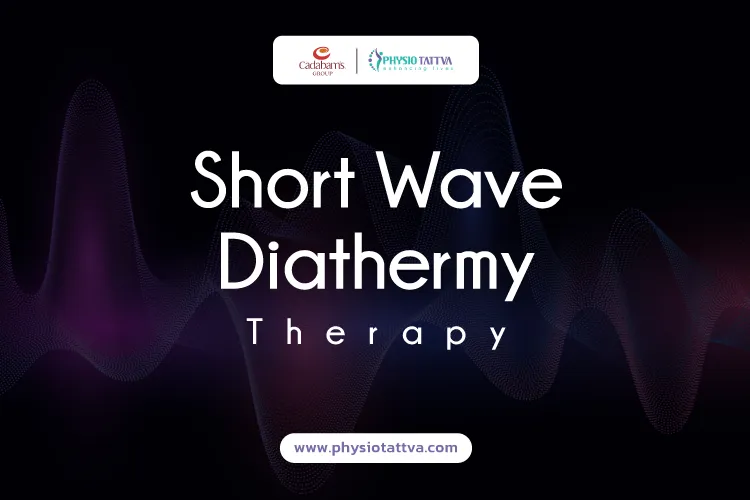
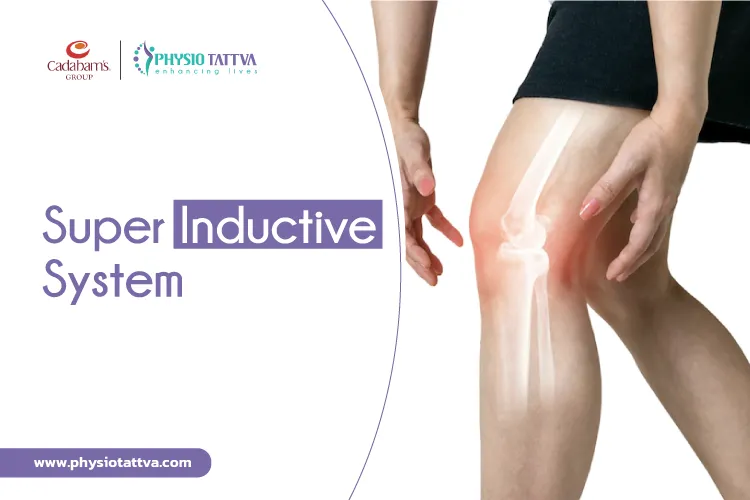
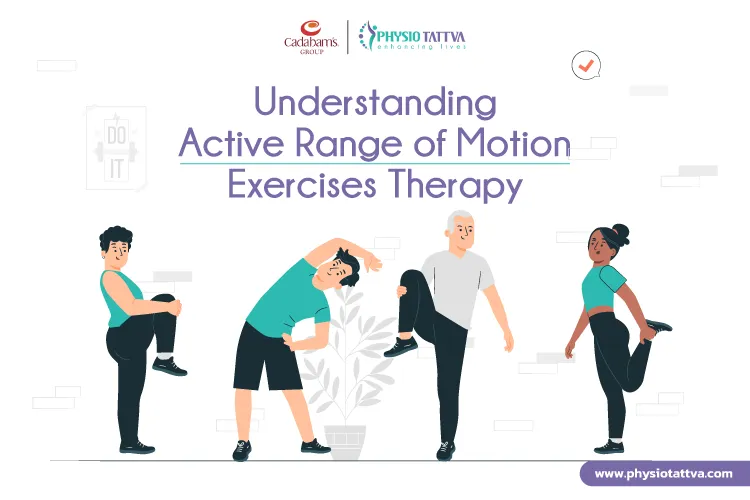


.webp)
.webp)


.webp)
.webp)
.webp)
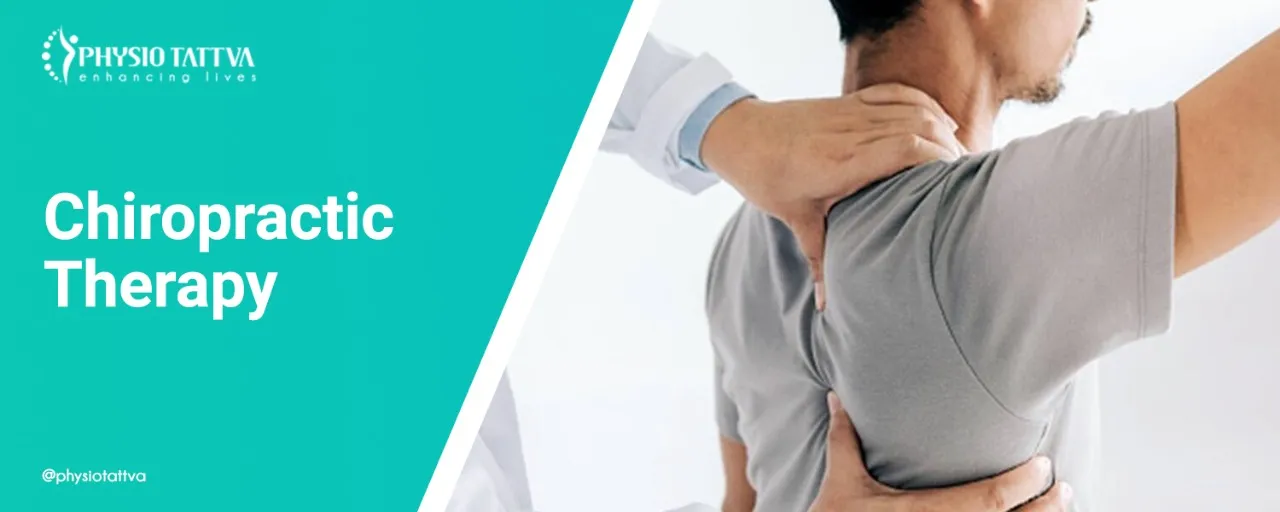
.webp)
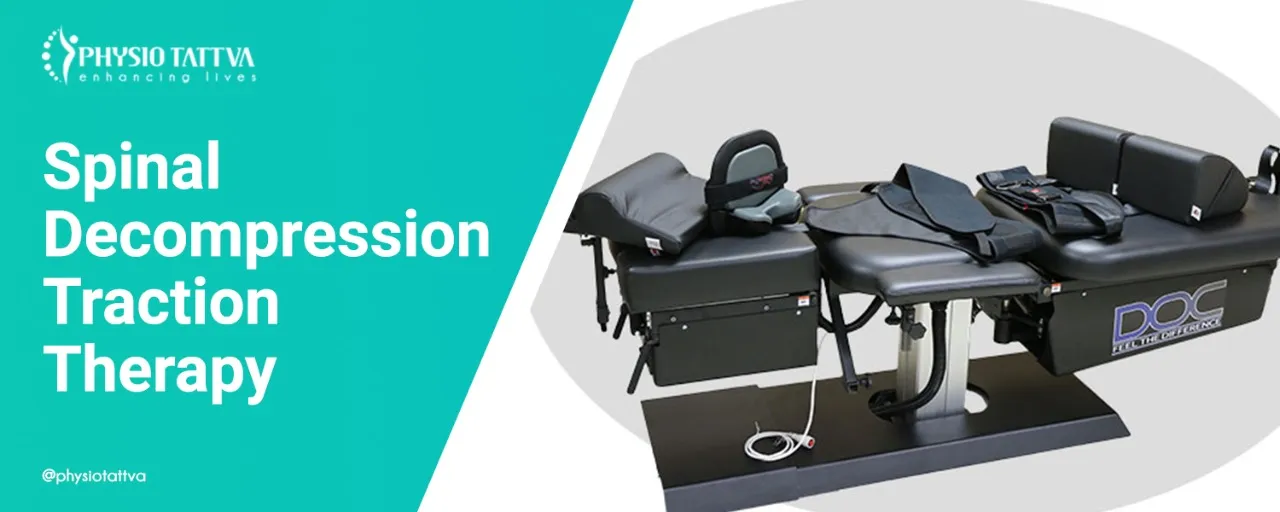
.webp)
.webp)
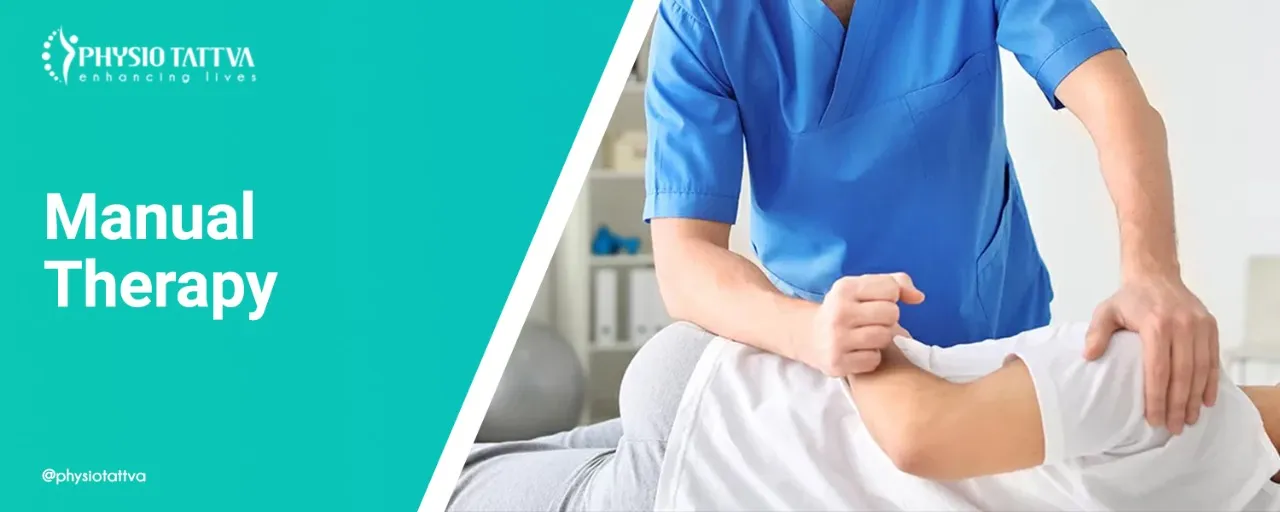
.webp)







.webp)
.webp)

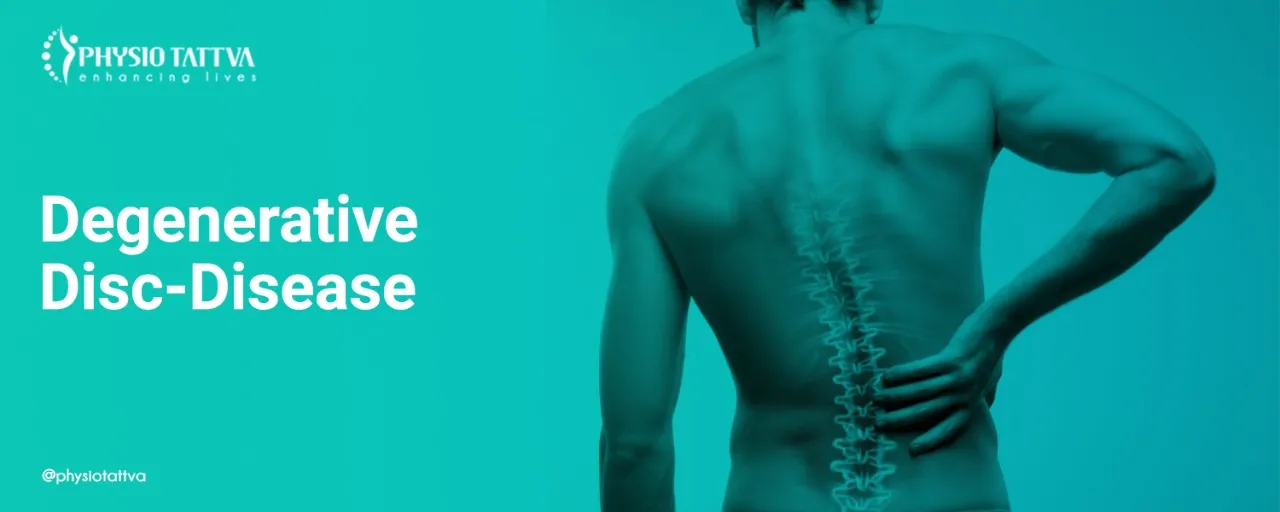

.jpeg)

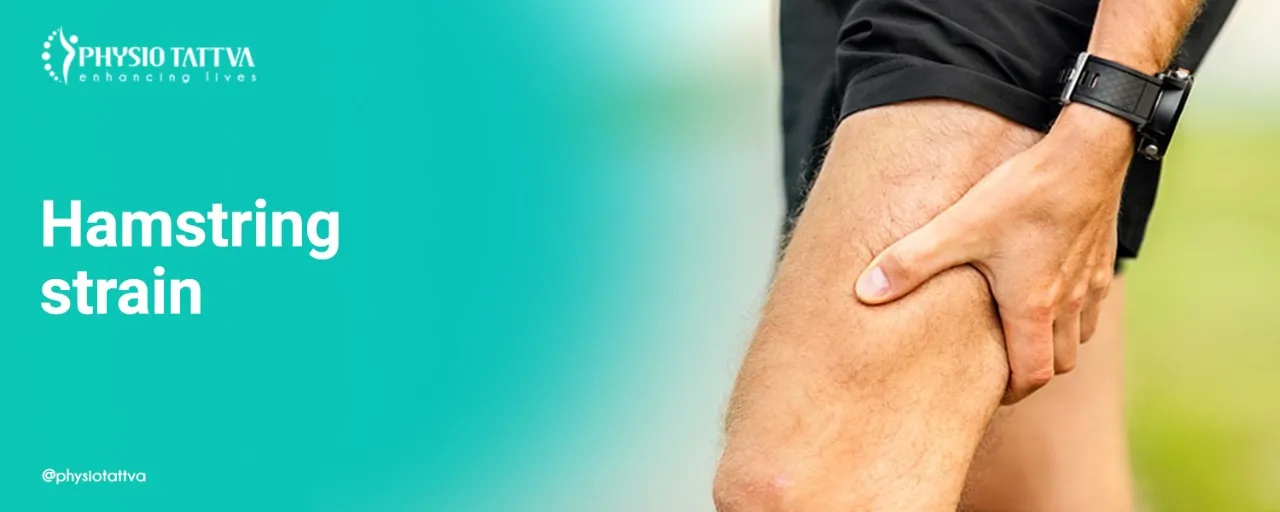

.webp)


.webp)

.webp)
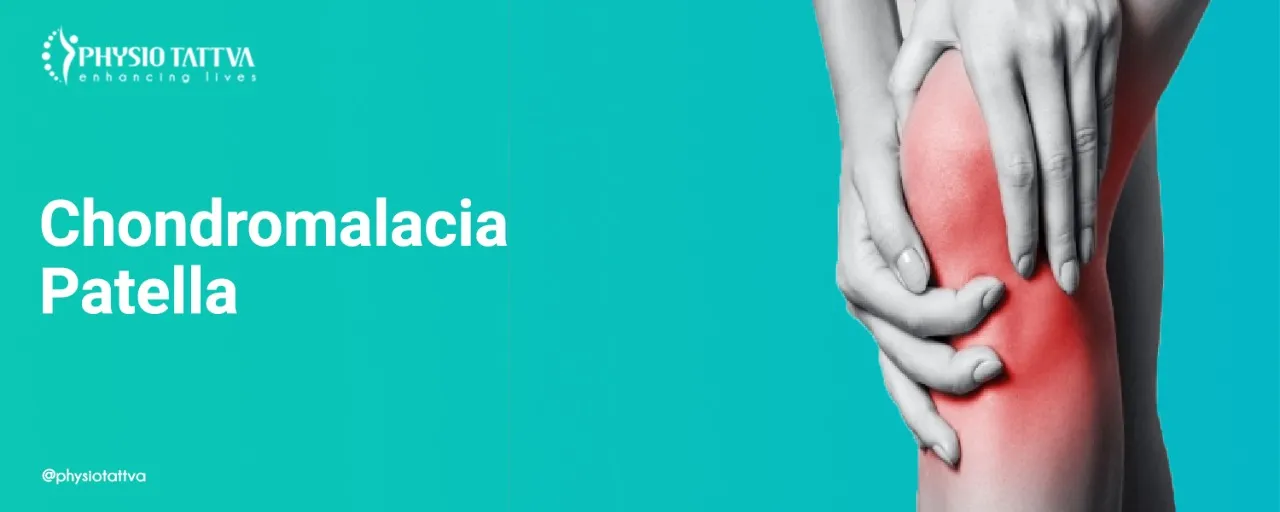






.png)








%20(1)-p-3200.jpeg)


.jpg)
.webp)
.webp)
.webp)
